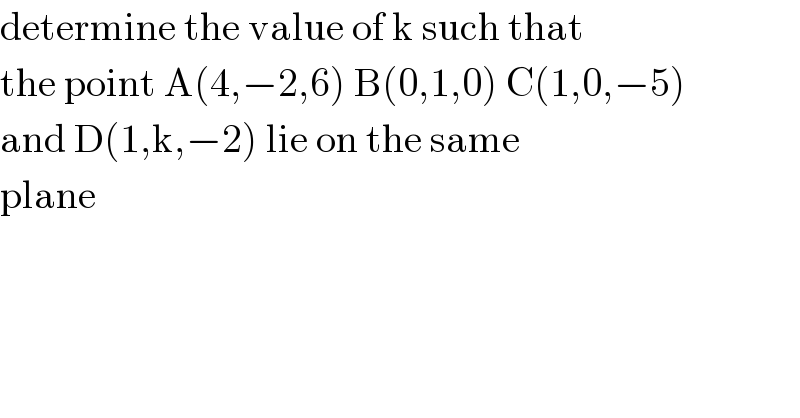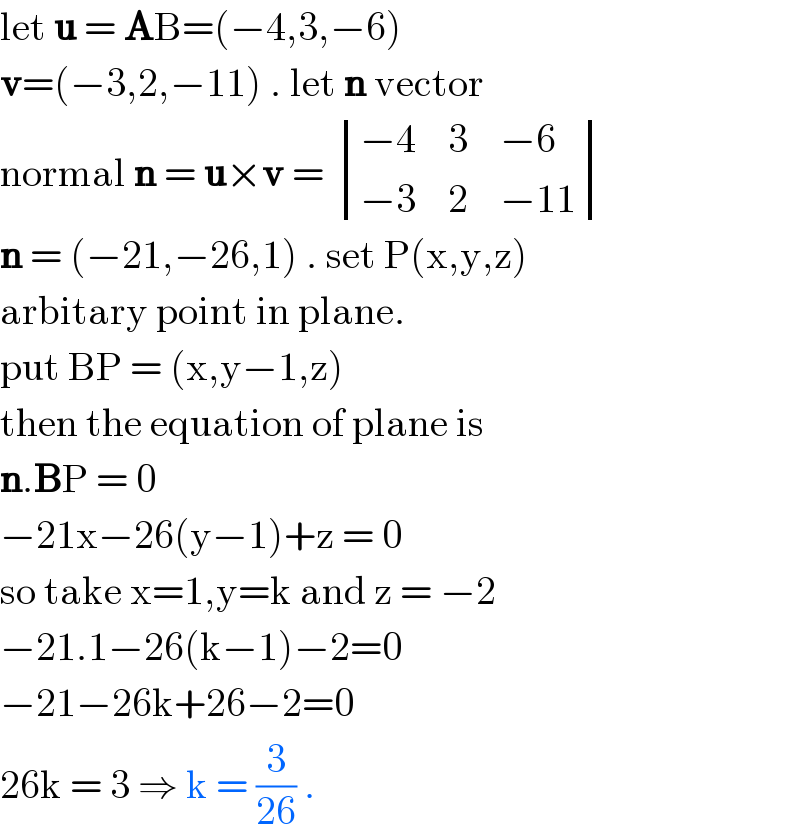Question Number 95342 by i jagooll last updated on 24/May/20

Answered by john santu last updated on 24/May/20

Commented by i jagooll last updated on 24/May/20

Answered by mr W last updated on 24/May/20

Commented by i jagooll last updated on 24/May/20

Commented by john santu last updated on 24/May/20

Commented by PRITHWISH SEN 2 last updated on 24/May/20

Commented by john santu last updated on 24/May/20

Commented by mr W last updated on 24/May/20

